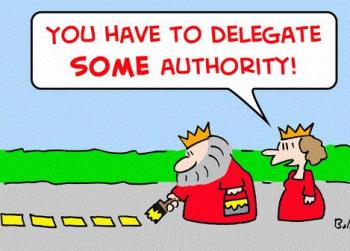Candor, a Key Cultural Trait for Project Success
Some corporate cultures refuse to watch reality in the eye. As a result, when issues inevitably happen during project execution, it takes a long time for these organizations to address them. This state of denial remains until the issue grows to a point that it is not possible any more to deny it – and it is often too late to do something about it. This destabilizing situation is entirely created by a lack of candor in the organization culture. How can we identify this undesirable trait and what can we do about it? This is the issue tackled in our new White Paper 2013-17 Candor, a Key Cultural Trait for Project Success.
 Lack of candor is possibly the single most important factor in organization derailments, and it is particularly impactful when it comes to project management, which are much more fast-paced endeavors.
Lack of candor is possibly the single most important factor in organization derailments, and it is particularly impactful when it comes to project management, which are much more fast-paced endeavors.
It is even more vital in project environments to detect preliminary signs of issues or dysfunctions early and act on them immediately so as not to jeopardize the project outcome. This explains why lack of candor is even worse in project organizations.
Candor is emotionally tough. This is why lots of people prefer to live in denial.
Developing a candid culture is a must in project management organizations, in particular when large and complex projects are executed that could have dire and far reaching consequences in case of failure. Determine the level of candor in your organization, and make sure that through the right leadership, it improves to the point where no major issue gets denied, ever. Read our new White Paper 2013-17 Candor, a Key Cultural Trait for Project Success to figure out how to detect lack of candor and what you can do about it.









